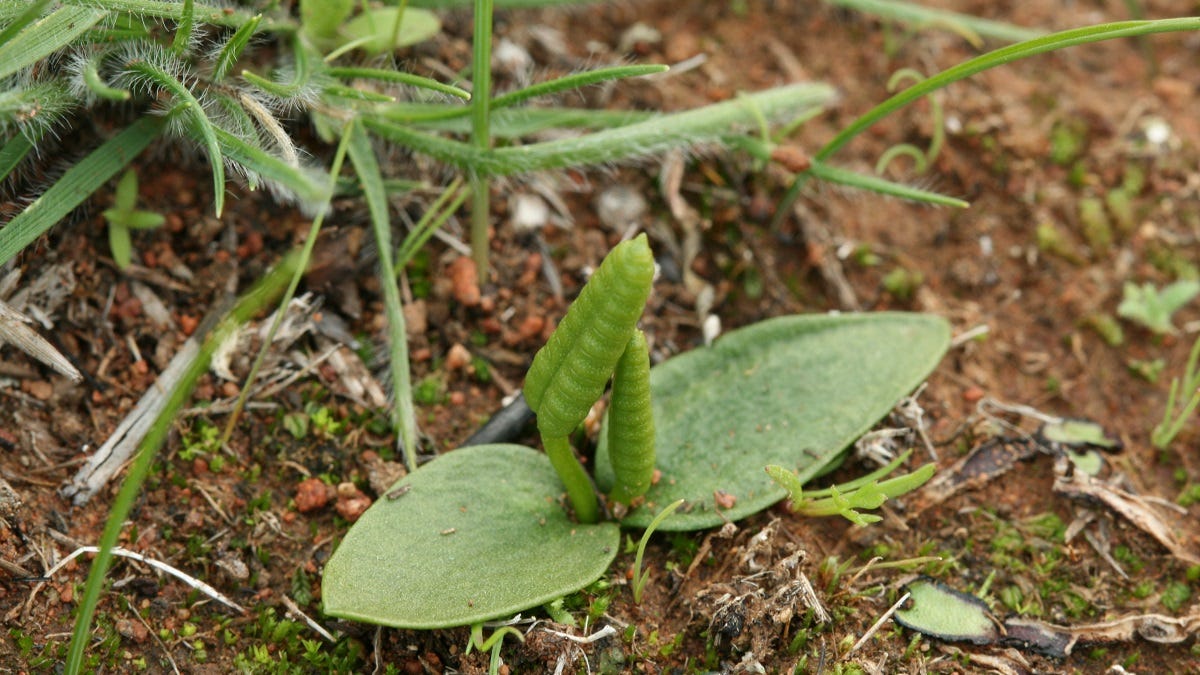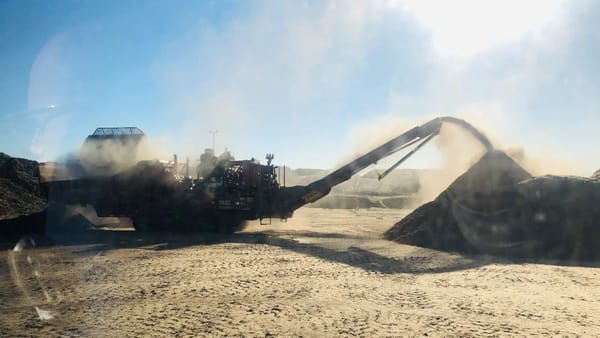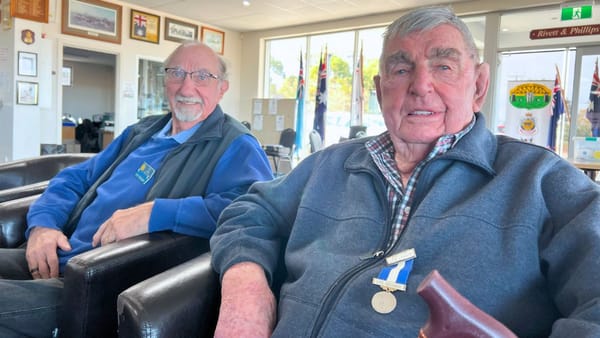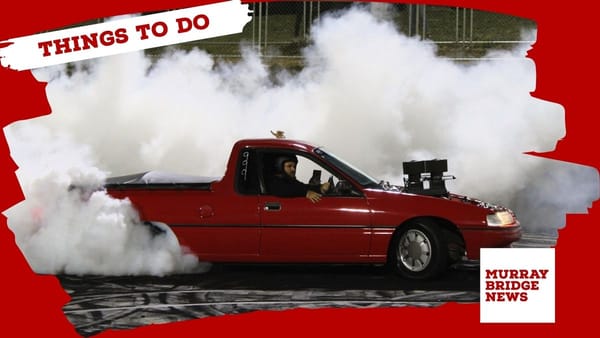Murraylands ecologists ‘think outside the box’ in fight to save endangered grasslands
A team from Landscape SA has been trying different approaches to protect critically endangered iron-grass grasslands at Poonthie Ruwe, near Tailem Bend.

Locals support locals – that’s why this recent post is now free to read. Your support can help Murray Bridge News tell important local stories. Subscribe today.

Ecologists have recently completed a five-year project to trial different methods that could save natural temperate grasslands in South Australia’s Murraylands.
The local grasslands, which have the distinctive presence of large iron-grasses, are endemic to SA and used to cover large areas of the Mid North.
Now only one per cent of the ecosystem remains in the state, including a patch just outside of Tailem Bend.
Grasslands ecologist Nicola Barnes spoke to Murray Bridge News about the importance of the project and some of the methods she and her team have used in the trials.
“The idea of the project was to try and look at the ecology,” she said.
“We want to get diversity of plants back because that gets a resilient, robust system; if the soil biology’s good, it means that plants will thrive in dry years.
“But also beyond that, we wanted to look at every way we could – financial, social – to see if it’s possible to try and improve the grasslands.”
Working with farmers
Ms Barnes’ team’s approach to saving the grasslands included focusing on farming as well as conservation.
“It’s a bit of a novel way to do it – to have the flexibility to not just do hardcore conservation but to also work with farmers because most of the country is on private land and being grazed by sheep,” she said.
“We’re trying to find out what you can actually do: what are you going to ask farmers to do, how much is it going to cost them?
“They’re very hammered in on the bottom line, but I’d like to think that, hopefully, we might get a win–win.”
Ms Barnes said farmers had shown great interest in learning about different ways to view and manage the plants in their pastures.
One of the outcomes of the trial was a forthcoming book for farmers and others to go grass-spotting: “If a farmer is out here and on iron-grass, they know whatever they look up will be in the book … it will be useful for anybody”.
Videos about the project were also in production and would be posted on the Landscape SA Murraylands and Riverland website in August.

Working with First Nations people
Apart from working with farmers in the grasslands trial, the Landscape SA ecologists have been working with the Ngadjuri people in the north of the state and the Ngarrindjeri people at the Poonthie Ruwe Conservation Park near Tailem Bend.
Within the conservation park are 10 interconnected sheep paddocks, which have been a testing site for sheep and wild oats.
“In (Poonthie Ruwe) we specifically aimed at whether we can use different methods, in particular testing sheep grazing, because people will tell you that if you’ve got an oat problem, you’re not grazing right,” Ms Barnes said.
Since wild oats, an introduced plant, were one of the biggest threats to the grasslands, it was important to try and control and monitor them.
“It germinates before everything else, takes off and over-competes everything else, and people believe it’s having a chemical impact in the soil to retard other plants from grazing and make conditions better for itself,” she said.
One control method had been trialling sheep grazing and slashing in the park, in partnership with the Ngarrindjeri people – “that’s worked fantastically”.

Reducing rabbits
Another major threat to the grassland at Poonthie Ruwe is rabbits, so the trial was complemented by a Landscape SA district officer, Bec Gould, reducing the rabbit population with baiting.
It had been a sophisticated operation, Ms Barnes said, involving remote cameras and even drones.
“A pipeline runs along the eastern edge of the park, and the rabbits absolutely love living amongst their burrows along the pipeline,” Ms Barnes said.
“We’ve recently done a bit of a blitz on the rabbits,” Ms Barnes said, “and that gives the ecosysem a bit of a rest, and everything can regenerate.”
The pipeline, like the raised lights of the Bend Motorsport Park across the road, was a reminder of human-made industry, contrasting sharply with the pristine fields of grasses and flowers, above which blue bonnet parrots and wedge-tailed eagles flew.

Keeping an open mind
Ms Barnes said she tried to stay open-minded about different approaches to conservation.
“One farmer told me that he always gets his sheep off his paddock when they finish grazing and go up a hill that has a feature his grandkids play on with water-bombs, so there’s nothing ecological about that, but it’s an environmental clue that’s resulted in a healthy grassland,” she said.
“That’s what we’re trying to do – to think outside the box.”
Locals support locals. Your support helps Murray Bridge News tell important local stories.
For Ms Barnes, that could event mean using marketing and tourism as survival tools.
She hoped people would start to see grasslands as something fascinating and even beautiful.
“Grasslands are as diverse as a rainforest, but smaller,” she said.
She pointed out a fully grown Austral adder’s-tongue fern, which was no more than a couple of centimetres wide.
“People usually like trees, so we may need to market the (grassland) better, as there are carpets of tiny wild flowers in spring: yam daisies and orchids, native blue bells and daisies,” she said.
“We think they’re quite beautiful, but you have to understand you’re not looking up, you’re looking down.”









